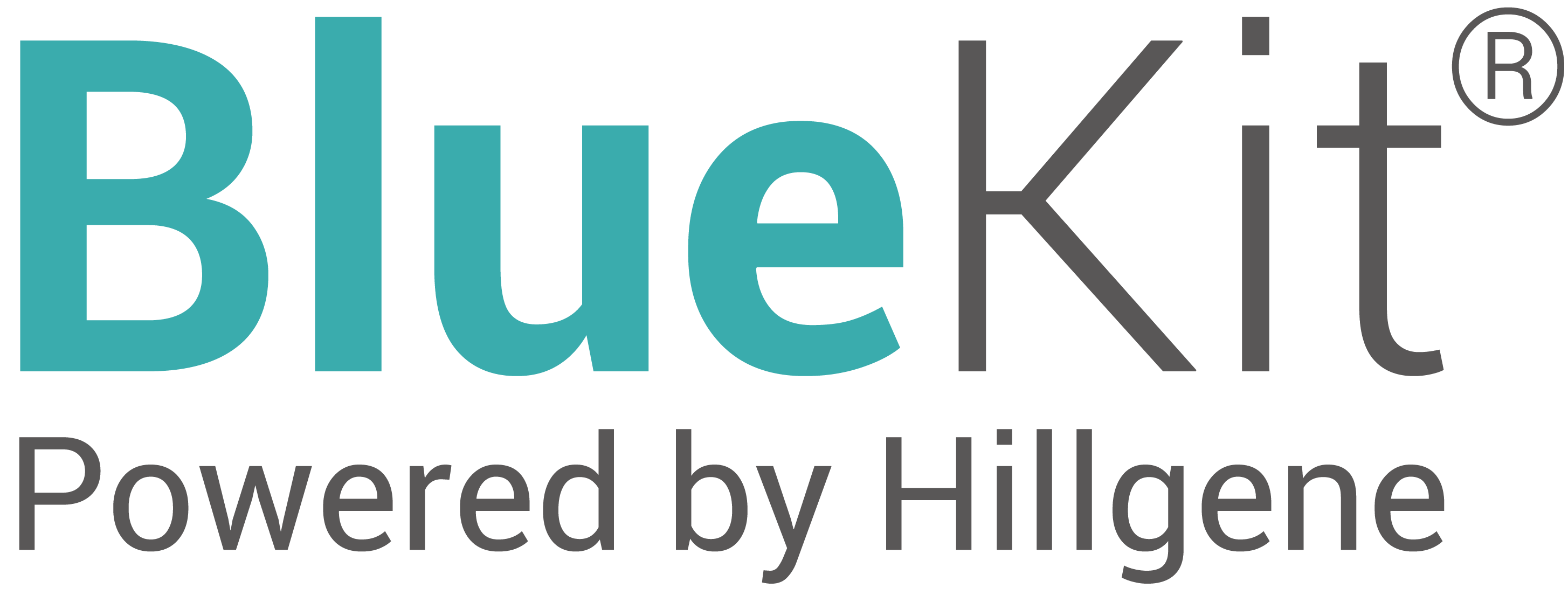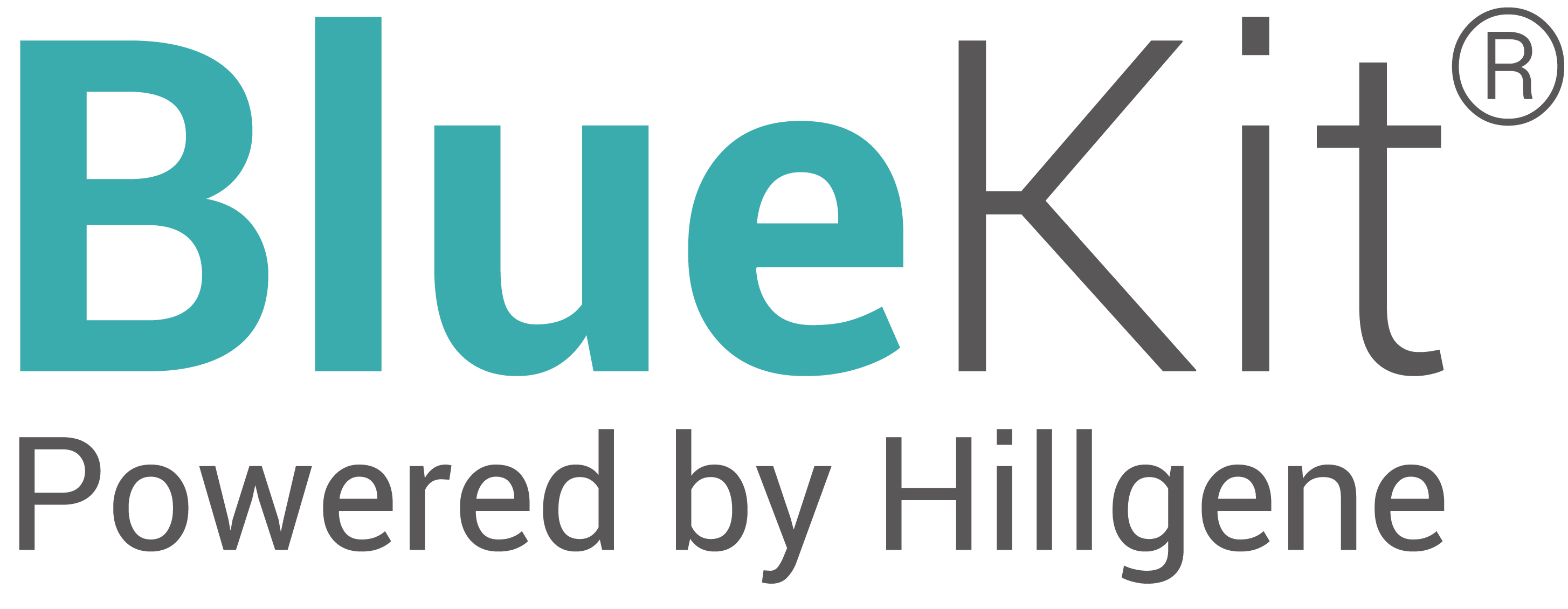Introduction
● Importance of Genomic DNA Extraction
In the realm of molecular biology, the extraction of genomic DNA is a fundamental process that lays the foundation for a myriad of applications, from research to clinical diagnostics and personalized medicine. The genomic DNA extraction process involves isolating DNA from cells to analyze and manipulate genetic material, providing vital insights into genetic diseases, evolutionary biology, and biotechnological advancements. With the burgeoning demand for genomic studies, the role of a reliable Genomic DNA Extraction Kit has never been more pivotal. These kits streamline the extraction process, ensuring high yield and purity of DNA, essential for downstream applications.
Sample Collection Techniques
● Types of Samples for DNA Extraction
The integrity of genomic DNA begins with the collection of high-quality samples. Common sources include blood, tissue, saliva, and buccal swabs. Each sample type offers unique advantages; for instance, blood samples are rich in DNA but require careful handling, while saliva and buccal swabs provide non-invasive options. Selecting the appropriate sample is crucial, especially when utilizing a Cell Therapy Genomic DNA Extraction Kit, which may be optimized for specific cell types, ensuring maximal yield and purity.
● Best Practices for Sample Handling
Ensuring sample integrity is critical for successful DNA extraction. Samples must be collected in a contamination-free environment, stored at appropriate temperatures, and handled with care to prevent degradation. This step is essential whether you are dealing with fresh specimens or those stored for long periods, as any degradation can compromise the final DNA yield and quality, affecting experimental outcomes.
Cell Lysis Methods
● Chemical vs. Physical Lysis Techniques
The cell lysis step is pivotal in releasing genomic DNA from cellular structures. Chemical lysis, involving detergents and enzymes, gently breaks down cell membranes and proteins. Physical methods—such as mechanical disruption and sonication—are more vigorous and can be used for tougher samples. The choice of method often depends on the type of sample and the specific requirements of the Genomic DNA Extraction Kit in use. Manufacturers design kits to optimize lysis efficiency, balancing between simplicity and effectiveness.
● Importance of Lysis in DNA Release
Efficient lysis ensures that cellular components are adequately broken down, facilitating the release of intact DNA into the solution. Properly executed lysis minimizes shearing of DNA and contamination from proteins and lipids, which is particularly vital in applications such as cell therapy, where genomic integrity is paramount.
Removal of Proteins and Impurities
● Role of Solvents in Purification
Post-lysis, the removal of proteins and other impurities is critical. Solvents like phenol-chloroform are traditionally employed to denature and separate proteins from nucleic acids. Modern Genomic DNA Extraction Kits often utilize silica-based membranes or magnetic beads, which bind DNA selectively while allowing impurities to be washed away. This step is crucial in obtaining pure DNA suitable for precise and sensitive downstream applications.
● Centrifugation Explained
Centrifugation is a common step to separate DNA from impurities post-lysis. By applying centrifugal force, heavier cellular debris and proteins are pelleted, while the DNA remains in the supernatant. This step is often repeated in tandem with purification steps to enhance the purity and concentration of the extracted DNA.
DNA Precipitation Process
● Use of Isopropanol and Ethanol
Precipitation is a classic method for DNA recovery from solution, exploited in nearly all Genomic DNA Extraction Kits. Alcohols like isopropanol and ethanol enable the DNA to precipitate by reducing its solubility. Once precipitated, DNA forms visible clumps or filaments, providing a visual cue of successful extraction.
● Visualizing DNA Filaments
The presence of DNA filaments confirms effective precipitation and serves as an early indication of extraction success. This step, though seemingly basic, is essential for confidence in the extraction process, ensuring that enough DNA is present for subsequent analysis.
Washing Precipitated DNA
● Importance of Ethanol Washing
Washing DNA pellets with ethanol serves to remove residual salts and impurities. This step, although seemingly routine, is crucial in preventing contamination that could affect downstream processes. Ethanol washing is appropriately detailed in every user manual by Genomic DNA Extraction Kit manufacturers to ensure users achieve optimal results.
● Ensuring Purity of DNA
Purity is as important as yield in DNA extraction. Residual impurities can inhibit enzymatic reactions in downstream applications such as PCR and sequencing. Genomic DNA Extraction Kit suppliers emphasize purity, providing protocols and materials that ensure contaminants are thoroughly washed away.
Dissolving and Preparing DNA
● Choosing the Right Buffer
Once the DNA is purified, it is dissolved in a suitable buffer, typically TE buffer or distilled water. The choice of buffer can affect the stability and integrity of the DNA, influencing its long-term usability. Genomic DNA Extraction Kit factories often provide buffers tailored for specific downstream applications.
● Preparing DNA for Experiments
Proper preparation of DNA is crucial for experimental success, ensuring compatibility with analytical techniques such as qPCR, next-generation sequencing, and cloning. Optimal preparation methods maximize DNA integrity and performance in these applications.
Quality Control of Extracted DNA
● Techniques for Assessing DNA Quality
After extraction, assessing DNA quality is crucial. Spectrophotometry is a popular method, measuring absorbance at 260 nm and providing information about DNA concentration and purity. Additionally, gel electrophoresis allows for visualization of DNA integrity, detecting any degradation.
● Understanding Spectrophotometer Readings
Spectrophotometer readings give insights into the concentration and purity of DNA. A 260/280 ratio close to 1.8 indicates pure DNA, while deviations suggest contamination. These readings are invaluable in ensuring that the DNA is suitable for sensitive downstream applications.
Challenges in DNA Extraction
● Common Issues and Troubleshooting
Despite advancements, challenges in DNA extraction persist, including low yield, contamination, and degradation. Understanding these issues and following troubleshooting guidelines—often provided by manufacturers—is essential for successful extraction.
● Variability with Different Sample Types
Different sample types exhibit unique challenges in DNA extraction, such as variable DNA content and presence of inhibitors. Genomic DNA Extraction Kit suppliers design kits to address these variations, offering tailored solutions for diverse biological samples.
Advances in DNA Extraction Technologies
● Innovations in Extraction Kits
Continuous advancements in Genomic DNA Extraction Kits have simplified the process, enhancing efficiency, speed, and reliability. These innovations include automation, magnetic bead technology, and integration with robotics for high throughput applications, reflecting the evolving needs of genomic research.
● Future Trends in Genomic Sciences
As genomic sciences advance, the demand for high-quality DNA extraction will grow. Future trends include more eco-friendly extraction methods, further automation, and integration of extraction with subsequent analytical technologies, paving the way for more efficient and comprehensive genomic analyses.
BlueKit: Pioneer in Genomic and Cellular Therapy Solutions
Jiangsu Hillgene, under the brand BlueKit, stands at the forefront of genomic and cellular therapy innovations. Headquartered in Suzhou with additional facilities in Shenzhen and Shanghai, and an upcoming site in North Carolina, Hillgene extends its reach globally. BlueKit® products provide comprehensive solutions for quality control in cell therapy, supporting the development of advanced cellular therapies like CAR-T and TCR-T. Through dedicated platforms for nucleic acid manufacturing and QC testing, BlueKit is revolutionizing the landscape of cellular therapy, bringing transformative products to market faster and more efficiently.
Post time: 2024-12-05 15:07:02











